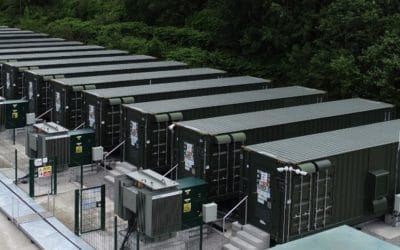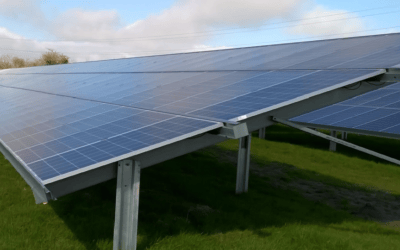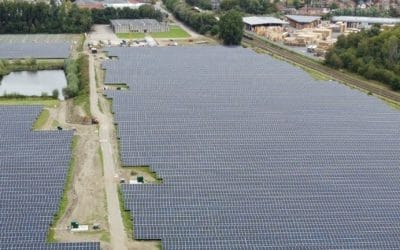By Mark Futyan, CEO
The government released its energy white paper this week. In the lead up to COP26, the UK’s energy policy has rightly been a priority, jostling for space alongside the ongoing challenges of COVID and Brexit.
Many of the headlines in the White Paper were trailed in advance, notably in the PM’s recent ten-point plan. Based on the headlines, I had expressed some scepticism, as these seemed to be overly focused on future hope technologies as opposed to what can be done here and now. Boris Johnson is known to have a bias for grandiose projects over pragmatic steady progress. The devil, however, is always in the detail, and I am encouraged to see the White Paper is a well thought through plan of action.
Understanding the areas that matter most
The paper contains important analysis highlighting the sectors that matter the most. While a comprehensive plan covering all areas of our economy, it also makes clear that three areas really dominate the UK’s emissions: residential buildings, road transport and industrial clusters. Ten years ago, power generation was easily #1, but we have come a long way in decarbonising the power sector.
It is vitally important that we address these three key areas, and there are commitments in all three to improve domestic energy efficiency, transition to electric vehicles and to decarbonise our industrial clusters.
The central role of clean power, especially renewables
The White Paper recognises that if we are to take our carbon emissions out of heat and transport, we will need a massive increase in clean power generation. We need a four-fold increase in our already substantial clean electricity generation capacity.
Encouragingly, the UK government is not targeting a specific generation mix and believes the market should determine the best solution. The BEIS team recognise the future technology uncertainty and have modelled 7,000 potential energy mixes. In all these scenarios, there is an important common theme: “A low-cost, net zero consistent system is likely to be composed predominantly of wind and solar”. I welcome this important
recognition, as solar PV and onshore wind were largely absent from the Prime Minister’s ten-point plan.
Keeping our options open
We then come to the long list of future hope technologies: carbon capture, advanced nuclear reactors, fusion, wave, tidal, floating wind, direct air carbon capture, long duration storage, smart systems, heat pumps and hydrogen. These are rightly treated as options for the future which through research and innovation can help bring down the cost of the net zero transition.
Importantly, none of these are seen as essential components which are central to the transition. Some of these technologies will be commercially viable in the longer term but some will just not make the cut in time.
We will need some of these to provide system stability to complement intermittent wind and solar which will form the bedrock of our net zero energy system. We have two technologies which are already viable today: battery energy storage and conventional nuclear. The White Paper rightly recognises we press ahead with investments in both these technologies today.
The low hanging fruit of energy efficiency
Finally, I come back to the vital, but less glamorous area of domestic energy efficiency. As an industry, we have been chipping away at the challenge for over a decade, with support and incentives from government, particularly to help those most in need.
We still have a long way to go with 66% of UK homes rated level D or worse on the A-G energy performance scale. I welcome the government’s re-confirmation of its goal to improve the majority of homes to EPC C by 2035, supported by an extension of the ECO obligation and Green Homes Grant scheme.
Keeping up the momentum
In summary, I am encouraged that the Energy White Paper has a good handle on where we need to take action and the options in the UK’s transition to net zero. It is essential that we keep up momentum in the areas that are commercially viable today: wind, solar, energy storage, energy efficiency and to a limited extent, conventional nuclear.
We then need to invest in research, testing and early deployment of a range of future hope technologies, some of which have a good chance of reaching commercial fruition and will help bring down the cost of the net zero transition.






